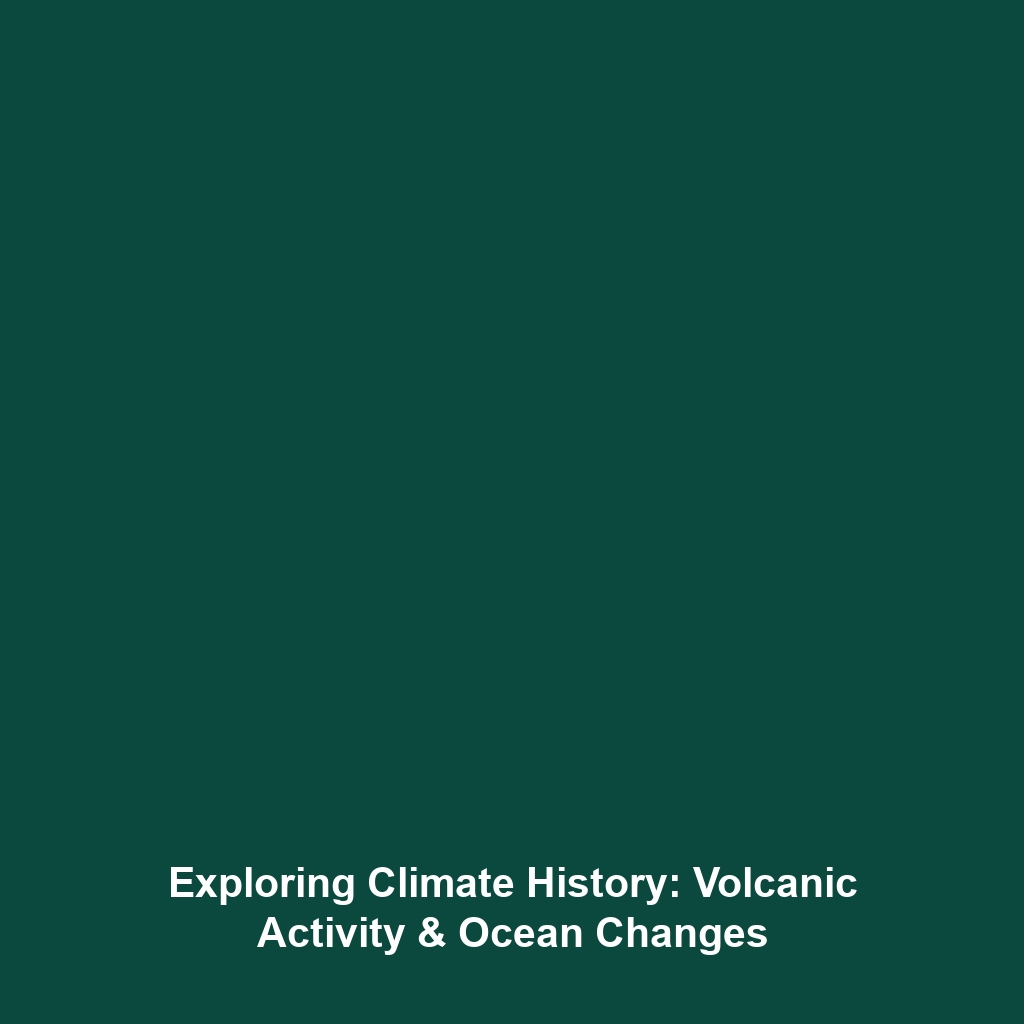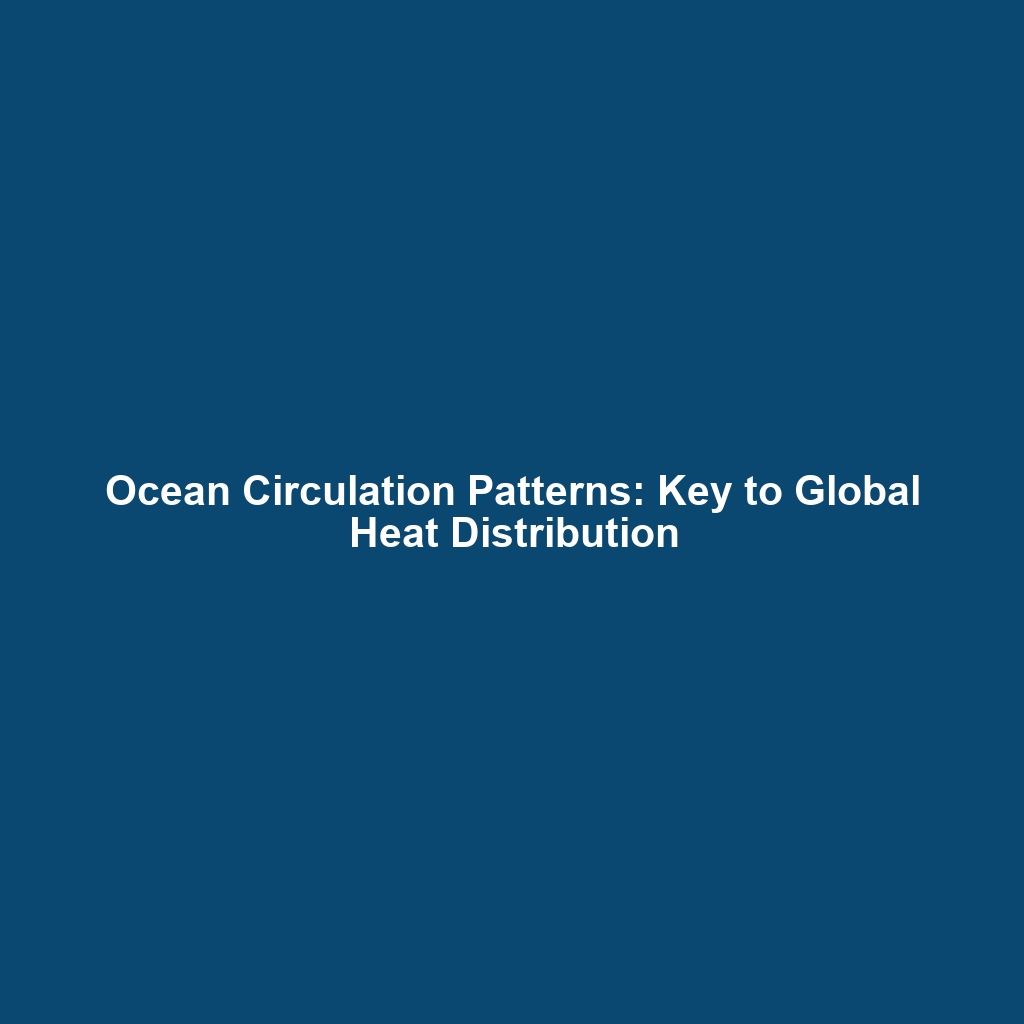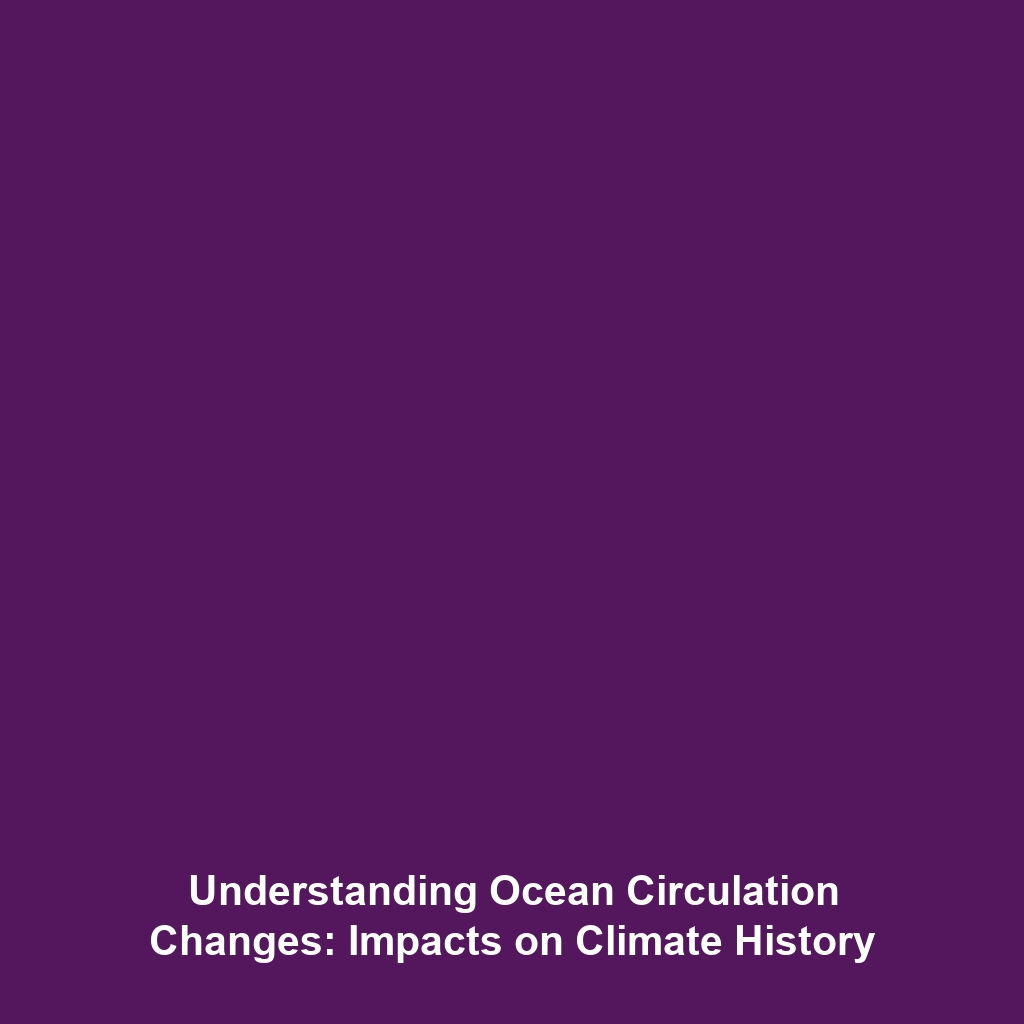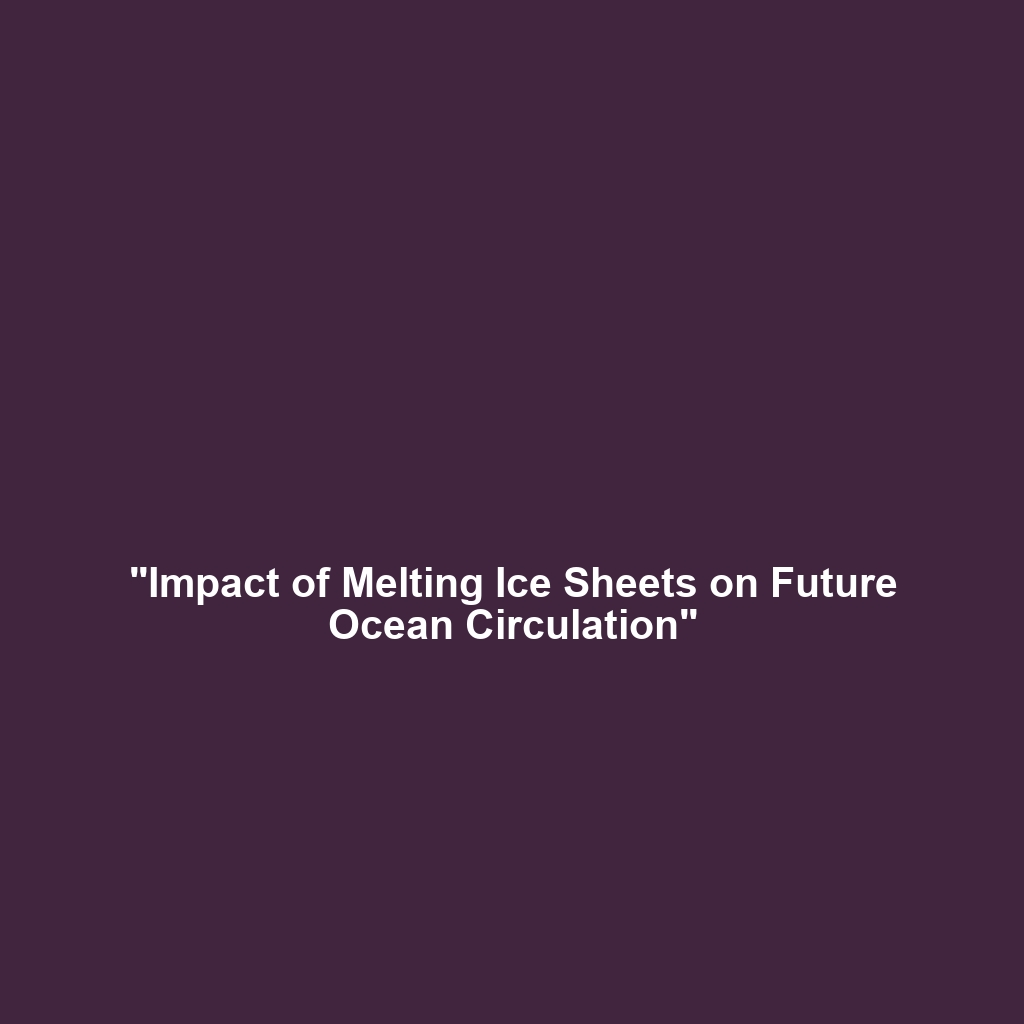Possible Causes: Volcanic Activity, Reduced Solar Output, and Changes in Ocean Circulation
Introduction
Climate history is marked by various events that have significantly influenced the Earth’s climate systems. Among these factors, volcanic activity, reduced solar output, and changes in ocean circulation stand out as critical drivers. Understanding these possible causes is essential for scientists and policymakers alike, as they provide insights into past climate fluctuations and help predict future trends. This article explores these significant contributors to climate change, emphasizing their interconnections and impacts on global climate history.
Key Concepts
Volcanic Activity
Volcanic eruptions play a considerable role in altering climate systems. They release large quantities of ash and gases, such as sulfur dioxide, which can lead to temporary cooling of the Earth’s surface by reflecting sunlight away. Historical examples include the eruption of Mount Pinatubo in 1991, which resulted in global temperature drops.
Reduced Solar Output
The Sun’s nuclear processes are not constant; variations in solar output can significantly affect Earth’s climate. Periods of decreased solar activity, such as the Maunder Minimum from 1645 to 1715, correlate with cooler climatic conditions in Europe, indicating the Sun’s role in climate dynamics.
Changes in Ocean Circulation
Ocean currents are critical in regulating climate patterns. They redistribute heat across the globe and are influenced by factors like temperature and salinity changes. The El Niño Southern Oscillation (ENSO) is a prime example of how disruptions in ocean circulation can lead to notable weather variations and climate anomalies.
Applications and Real-World Uses
Understanding the possible causes of climate change has various real-world applications:
- Climate Modeling: Researchers use past volcanic activity and solar output data to enhance climate models, improving predictions of future climate scenarios.
- Policy Formulation: Insights into the historical impact of ocean circulation changes aid policymakers in developing climate adaptation strategies.
- Disaster Preparedness: Knowledge of past volcanic eruptions helps in preparing for potential future events that could affect global climate.
Current Challenges
Despite the advancements in studying these aspects, several challenges remain:
- Data Limitations: Comprehensive data on historical volcanic activity or solar cycles is scarce, complicating accurate analyses.
- Complex Interactions: The interplay between different climate factors is complex and often poorly understood.
- Modeling Challenges: Incorporating these factors into climate models remains a significant hurdle for scientists.
Future Research and Innovations
Looking ahead, research is focusing on innovative approaches to better understand volcanic activity, solar output, and ocean circulation changes. Key areas of exploration include:
- Advanced Climate Models: Utilizing machine learning algorithms to improve predictive accuracy related to climate influences.
- Geophysical Studies: Enhancing understanding of volcanic impacts through geological surveys and satellite monitoring.
- New Satellite Technologies: Innovations in satellite technology allow for improved tracking of solar activity and ocean currents.
Conclusion
In summary, volcanic activity, reduced solar output, and changes in ocean circulation are pivotal factors in understanding climate history. These elements offer a lens through which we can observe past and present climate changes and develop strategies for the future. Further study and innovation in this field are essential to addressing climate challenges ahead.
For more information on climate history and its contributors, visit our Climate Change Overview and Ocean Currents and Climate pages.



